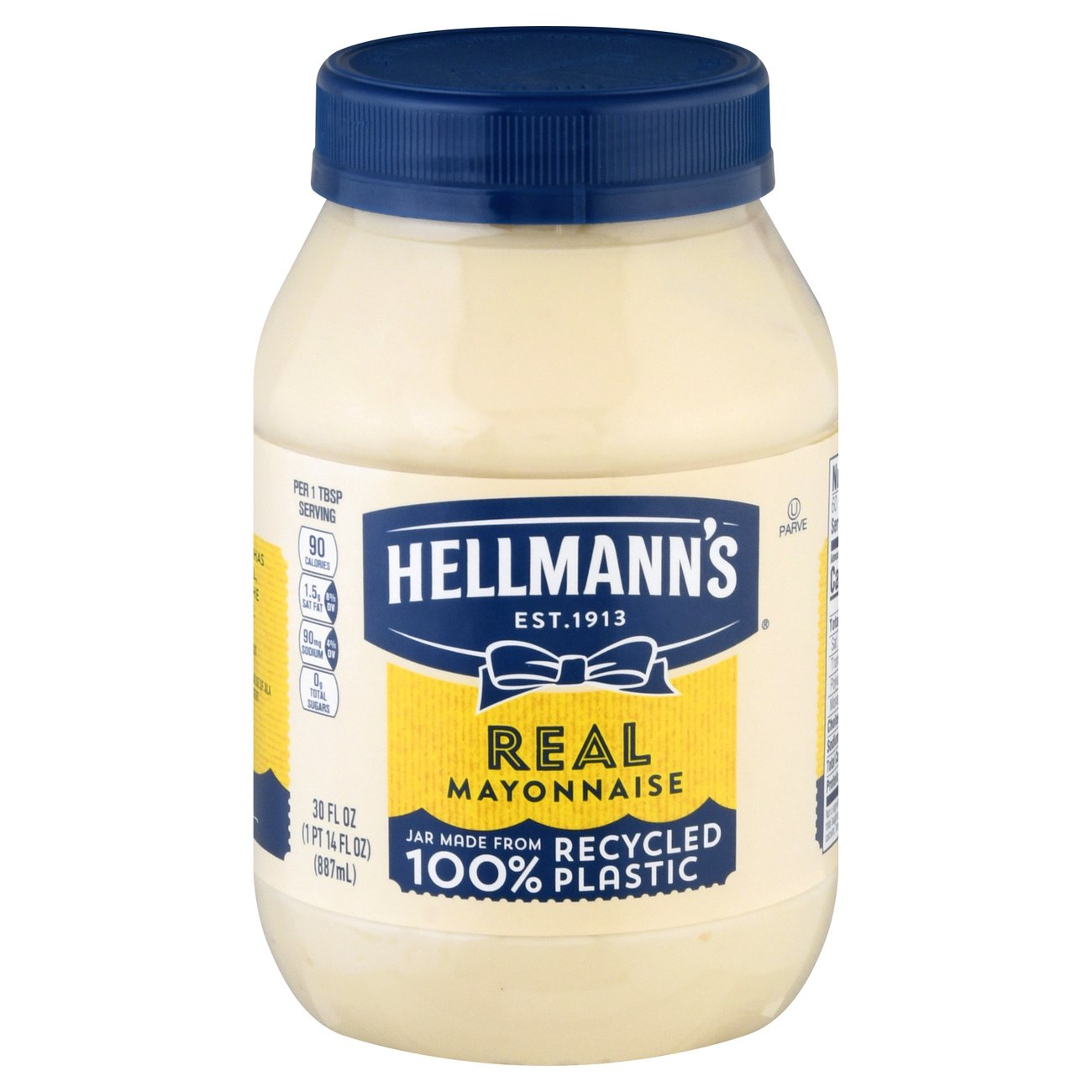First the thing with crows, and now this… Are we sure ants having figured out how to make computers and are now spreading propaganda online? 🤔
I don’t like em puttin chemicals in the ants that turn the friggin frogs poisonous
Many species of poison dart frogs derive their toxic compounds from ingesting mites! Even crazier, some molluscs like the Blue Angel sea slug (glaucus atlanticus) can ingest and weaponize the nematocysts from siphonophores like the Portuguese Man O’ War. Nature be crazy
Then … how do ants become poisonous?
I mean, it’s gonna depend on the specific ant species. Some ants don’t sting at all. Some ants only have formic acid. Some ants’ venom tickles. Some ant venom can kill you.
But to quote Wikipedia for one of the latter, the Jack Jumper ant:
The retractable sting is located in their abdomen, attached to a single venom gland connected by the venom sac, which is where the venom is accumulated. Exocrine glands are known in jack jumpers, which produce the venom compounds later used to inject into their victims.
It then goes on to list all kinds of those compounds: https://en.wikipedia.org/wiki/Jack_jumper_ant#Venom
I don’t have much deeper knowledge than that, but at that point, it might as well be a mixture of some compounds that they ingest and some that they produce from simpler compounds. At the very least, they would need to ingest appropriate atoms/molecules in some form, like for example nitrogen, which is contained in relatively many of those compounds.
They eat even tinier frogs.
Isn’t that also how fugu gets its poison? I think the pufferfish grown on farms where their diet is regulated aren’t poisonous.
TIL… Thank you, kind stranger, for making me curious enough to look further
https://en.m.wikipedia.org/wiki/Fugu
Researchers have determined that a fugu’s tetrodotoxin comes from eating other animals infested with tetrodotoxin-laden bacteria, to which the fish develops insensitivity over time.[10] Whether tetrodotoxin is sequestered from or produced by symbiotic bacteria is still debated.[11] As such, efforts have been made in research and aquaculture to allow farmers to produce safe fugu. Farmers now produce poison-free fugu by keeping the fish away from the bacteria – see § Aquaculture below.[10]
Would’ve been funny, if a fish was somehow snacking ants on the regular. 🙃
Thanks, ants.
Thants.
Look around you! Just look around you!
Clearly it’s not that great of a poison
I swear I had just gotten the bugsnax song out of my head. Back to square one.
Kinda bug and kinda snack
Try to catch 'em in your trap
Feed somebody and you’ll see
We are whatever we eat








